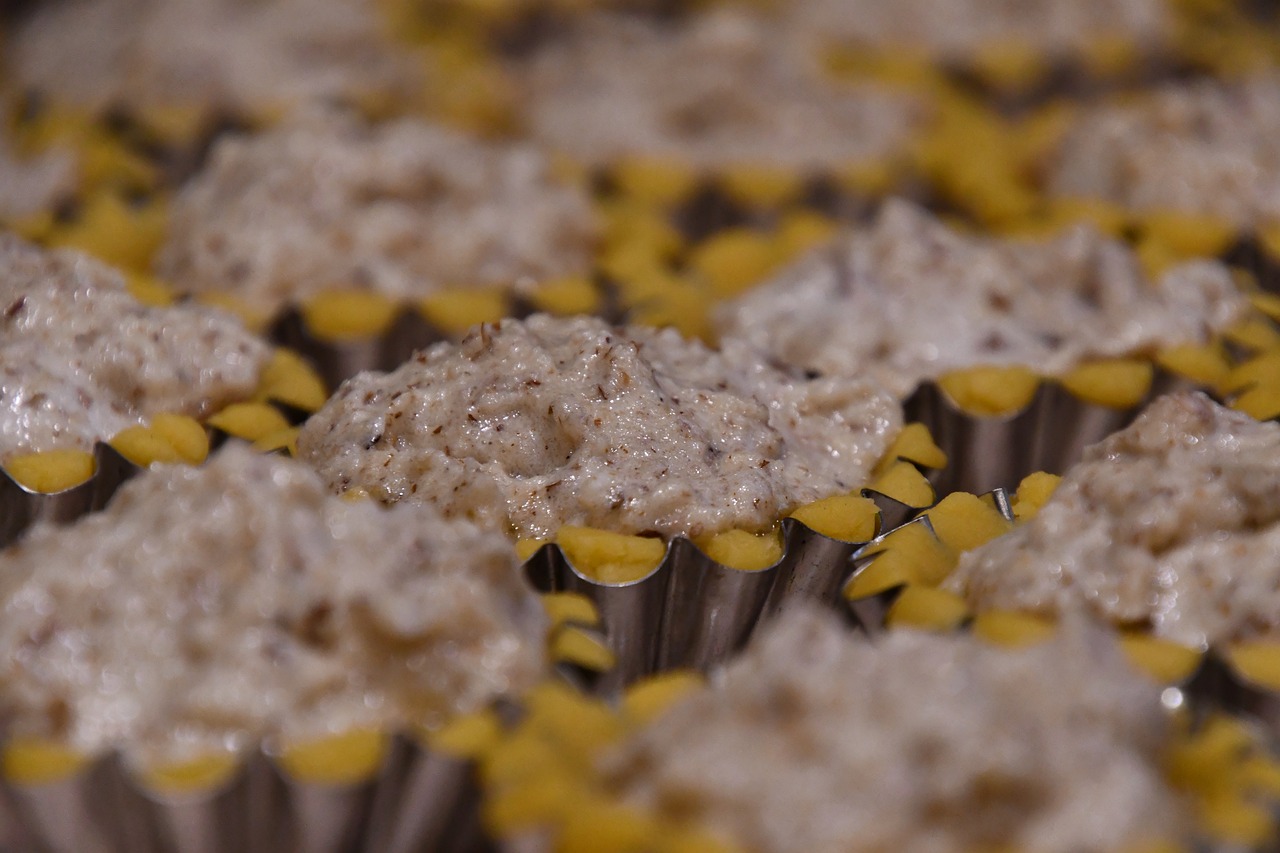Tarta de Santiago: Spanish Almond Cake

The Tarta de Santiago, also known as the Spanish Almond Cake, is a beloved dessert that holds a special place in Spanish culinary traditions. This delectable cake is not just a treat for the taste buds but also a symbol of history and culture. Let's delve into the fascinating world of Tarta de Santiago and uncover the secrets behind this iconic Spanish delicacy.
History of Tarta de Santiago
The history of Tarta de Santiago is a fascinating journey that intertwines culinary traditions with religious symbolism. Legend has it that this iconic Spanish almond cake originated in the medieval city of Santiago de Compostela, located in the northwestern region of Galicia. Its creation is closely linked to the Camino de Santiago pilgrimage, where weary travelers and pilgrims sought nourishment and solace in the form of this delectable dessert.
As the story goes, Tarta de Santiago was first crafted by local bakers as a tribute to Saint James, the patron saint of Spain, whose remains are said to rest in the Cathedral of Santiago de Compostela. The cake's simple yet rich ingredients, such as ground almonds, sugar, eggs, and citrus zest, reflect the humble origins of this traditional delicacy.
Over the centuries, Tarta de Santiago has become synonymous with Spanish cuisine and is often served during special occasions and celebrations. Its distinctive flavor and moist texture have made it a beloved dessert not only in Galicia but also across the country and beyond.
The cross of Saint James that decorates the top of the Tarta de Santiago holds deep symbolic significance. This emblematic design, created using powdered sugar, represents the sword-wielding apostle and serves as a reminder of the cake's religious roots. When sliced and served, each piece of the cake bears this sacred symbol, adding an extra layer of meaning to the dining experience.
Ingredients and Preparation
When it comes to creating the delicious Tarta de Santiago, the key lies in the simplicity and quality of the ingredients used. The traditional recipe calls for a handful of basic yet essential components that come together to form a harmonious and flavorful dessert. Ground almonds, sugar, eggs, and citrus zest are the stars of this show, each playing a crucial role in achieving the cake's signature taste and texture.
To start the preparation process, begin by finely grinding the almonds to a smooth consistency. This step is vital as it ensures a rich almond flavor permeates every bite of the cake. The ground almonds are then combined with sugar, creating a sweet and nutty base for the dessert. The addition of citrus zest, typically lemon or orange, adds a refreshing and aromatic element that balances the richness of the almonds.
Once the dry ingredients are thoroughly mixed, the eggs are added to the mixture, binding everything together to form a thick batter. The eggs not only provide structure to the cake but also contribute to its moist and tender crumb. The batter is then poured into a round cake pan, traditionally lined with parchment paper to prevent sticking, and baked until golden and fragrant.
After the Tarta de Santiago emerges from the oven, it is left to cool before being adorned with the iconic cross of Saint James. This cross, often stenciled with powdered sugar, symbolizes the connection between the dessert and the pilgrimage to the shrine of Saint James in Santiago de Compostela. The final touch of dusting the cake with powdered sugar not only adds a touch of elegance but also enhances the visual appeal of this traditional Spanish delicacy.
Symbolism and Traditions
When it comes to the Tarta de Santiago, symbolism and traditions play a significant role in enriching the experience of enjoying this iconic Spanish dessert. At the heart of this culinary delight lies the symbolic cross of Saint James, known as the 'Cruz de Santiago,' which is traditionally dusted onto the cake's powdered sugar topping. This cross not only adds a decorative touch but also holds deep historical significance, representing the pilgrimage to the shrine of the apostle Saint James in the Cathedral of Santiago de Compostela.
Furthermore, the Tarta de Santiago is often linked to various traditions and customs in Spain. It is commonly served during special occasions such as religious festivals, weddings, and other celebrations, symbolizing unity, faith, and heritage. The act of sharing a slice of this almond-infused cake with loved ones fosters a sense of togetherness and community, reflecting the warmth and hospitality of Spanish culture.
- One of the long-standing traditions associated with the Tarta de Santiago is the practice of dusting the cake with powdered sugar through a stencil of the cross of Saint James, creating a visually striking presentation.
- It is also customary to pair this dessert with a glass of sweet sherry or a cup of freshly brewed coffee, enhancing the flavors and indulging in a moment of culinary bliss.
- During the annual Feast of Saint James on July 25th, the Tarta de Santiago takes center stage in many households and bakeries across Spain, serving as a delicious reminder of tradition and spirituality.
Moreover, the act of savoring a slice of Tarta de Santiago is not just about enjoying a sweet treat but also about embracing the cultural heritage and time-honored customs that have been passed down through generations. Each bite is a connection to the past, a celebration of history, and a testament to the enduring legacy of this beloved Spanish almond cake.
Variations and Modern Twists
When it comes to the beloved Tarta de Santiago, there are numerous variations and modern twists that have emerged over time, offering a fresh take on this classic Spanish almond cake. These innovative adaptations cater to a diverse range of preferences and dietary needs, ensuring that there is a Tarta de Santiago for everyone to enjoy.
One popular variation of the traditional recipe is the gluten-free version, which substitutes traditional flour with almond flour to create a deliciously nutty and moist cake that is suitable for those with gluten sensitivities. This adaptation allows individuals with dietary restrictions to savor the flavors of Tarta de Santiago without compromising on taste or texture.
Additionally, modern twists on the classic Tarta de Santiago recipe often involve creative flavor combinations that add a unique twist to this time-honored dessert. From incorporating hints of citrus, such as orange or lemon zest, to infusing the cake with aromatic spices like cinnamon or cardamom, these variations elevate the flavor profile of the cake and offer a refreshing take on a traditional favorite.
Furthermore, innovative presentations have become increasingly popular, with pastry chefs and home bakers alike experimenting with different shapes, sizes, and decorative elements to showcase their creativity. Whether served as individual mini cakes, layered with decadent fillings, or adorned with edible flowers and fruits, these modern presentations transform the Tarta de Santiago into a visually stunning masterpiece.
Overall, the variations and modern twists on the classic Tarta de Santiago not only pay homage to tradition but also celebrate creativity and culinary innovation. Whether you prefer the timeless simplicity of the original recipe or enjoy exploring new flavors and presentations, there is no shortage of delightful options to experience the magic of this iconic Spanish almond cake.



 HazalVardal
HazalVardal 





